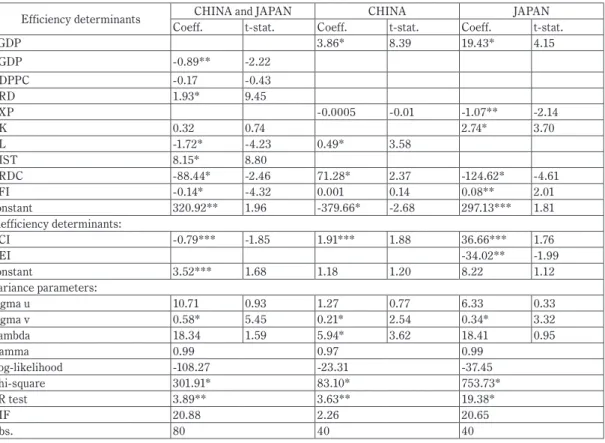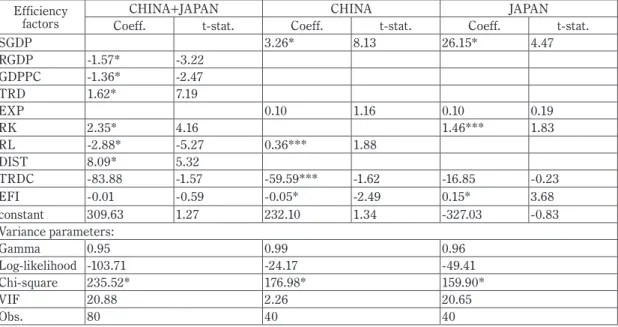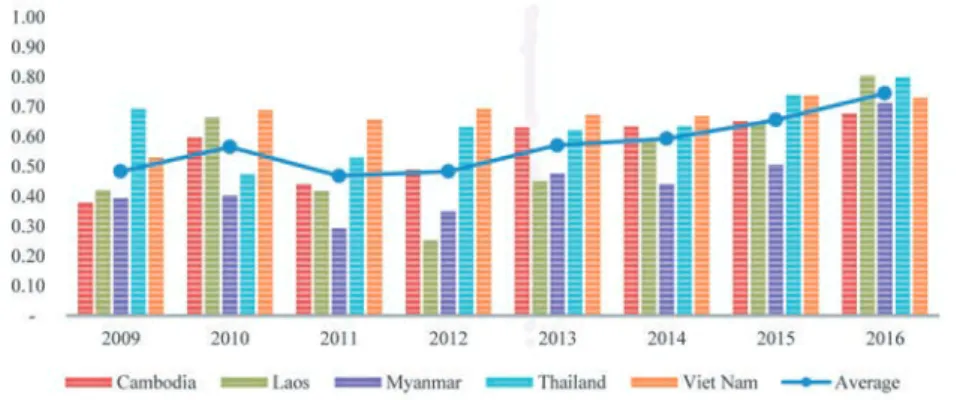Inward Investment Efficiency Analysis of Mekong Countries under Economic Cooperation with China and Japan
全文
図




関連したドキュメント
Analysis of the Risk and Work Efficiency in Admixture Processes of Injectable Drugs using the Ampule Method and the Pre-filled Syringe Method Hiroyuki.. of
Even though examples from pure geometry are symmetric, many constructions arising in dynamics as well as many constructions in analysis lead naturally to non-symmetric metric
The present paper shows how to assess the contribution made by negative selection relative to other tolerisation mechanisms by deducing the impact of negative selection on the T
The edges terminating in a correspond to the generators, i.e., the south-west cor- ners of the respective Ferrers diagram, whereas the edges originating in a correspond to the
Some useful bounds, probability weighted moment inequalities and variability orderings for weighted and unweighted reliability measures and related functions are presented..
An easy-to-use procedure is presented for improving the ε-constraint method for computing the efficient frontier of the portfolio selection problem endowed with additional cardinality
We present and analyze a preconditioned FETI-DP (dual primal Finite Element Tearing and Interconnecting) method for solving the system of equations arising from the mortar
The approach based on the strangeness index includes un- determined solution components but requires a number of constant rank conditions, whereas the approach based on



